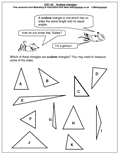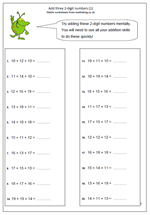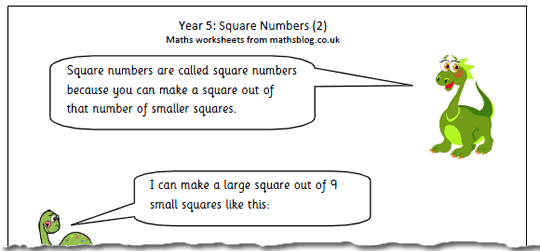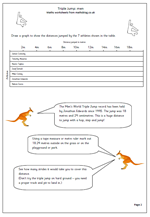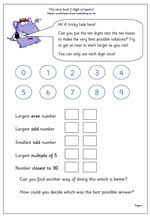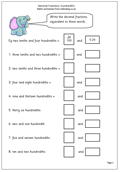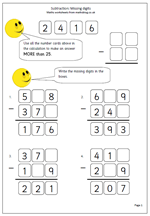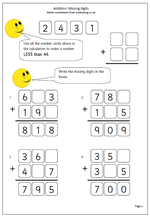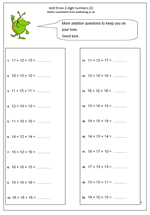 I have had a number of requests for more on adding three 2-digit numbers mentally, so, here is another page. There are a number of different techniques which can be used when adding these and it certainly would not be the best way to proceed to just add them in the order they appear. Looking for pairs that make 30, doubling of teens, adjusting by 1 or 2 are just some of the skills needed to answer these quickly and accurately.
I have had a number of requests for more on adding three 2-digit numbers mentally, so, here is another page. There are a number of different techniques which can be used when adding these and it certainly would not be the best way to proceed to just add them in the order they appear. Looking for pairs that make 30, doubling of teens, adjusting by 1 or 2 are just some of the skills needed to answer these quickly and accurately.
Also, don’t forget that correct answers are better than fast incorrect answers, so it is always a good idea to check by adding them in a different order.
Add 3 2-digit numbers practice (2)
This page can be found in the year 5 Calculating category, but many more addition pages can also be found in the four rules section.
